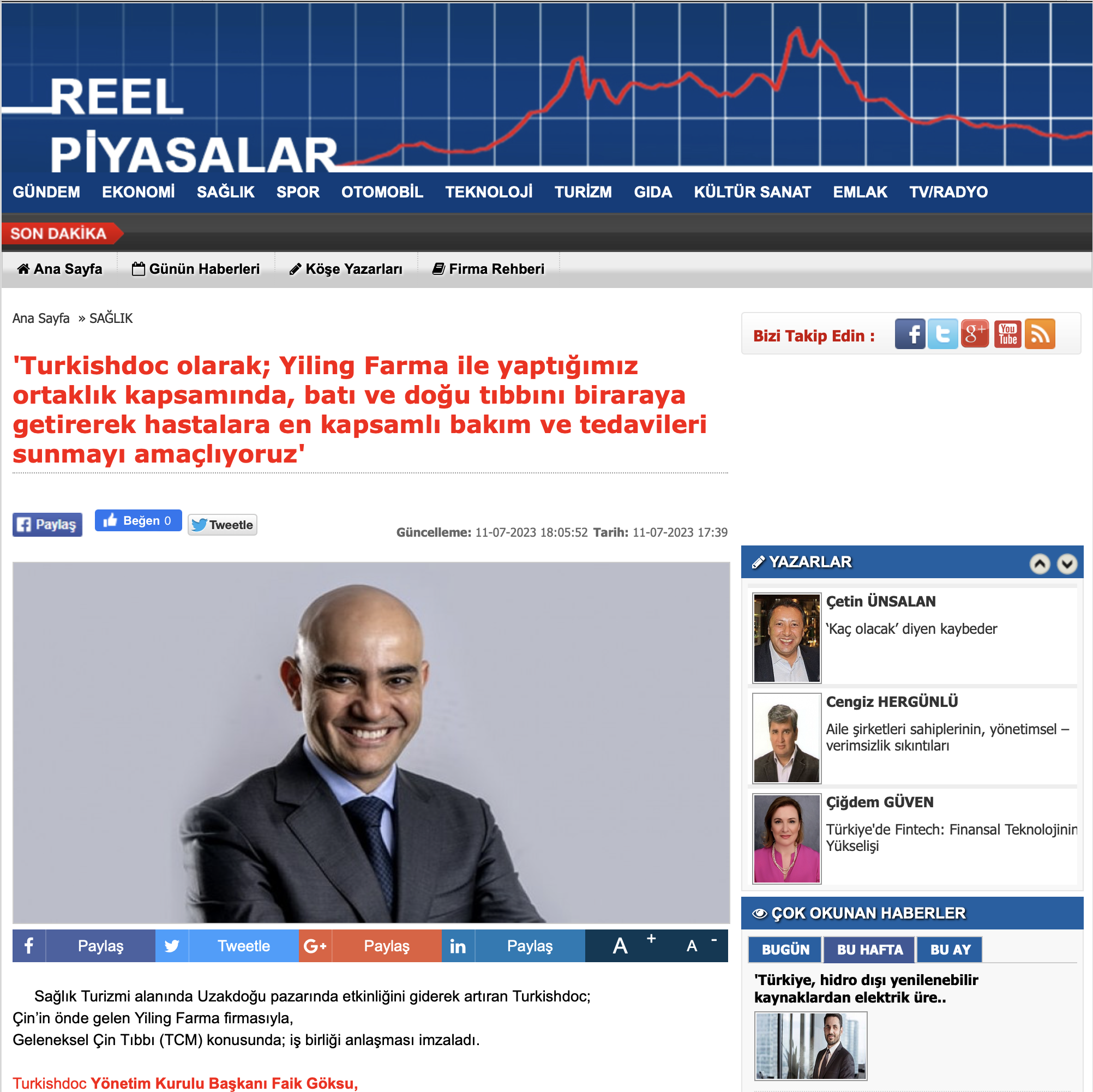Turkishdoc
Functional Neurosurgical Disease: What Is Epilepsy, Symptoms, Causes, And Treatment
Functional neurosurgical diseases that fall within the scope of brain and nerve surgery are examined in several categories. Epilepsy, Parkinson’s, and Parkinson-like diseases are included in the scope of functional neurosurgery. This medical branch, which treats chronic neurological disorders, aims to improve the quality of people’s daily lives. Chronic back pain, essential tremors, epilepsy, and Parkinson’s and Parkinson-like diseases are among the diseases of functional neurosurgery. The most prominent functional neurosurgical disease is epilepsy. Epilepsy occurs due to many causes. Epilepsy with different symptoms occurs suddenly. For this reason, this disease should be treated urgently and the health status of the person should be taken under control.
What Are Functional Neurosurgical Diseases?
Chronic neurological disorders that interfere with the person’s daily life activities are called functional neurosurgery. These diseases, which refer to movement disorders, are grouped in different ways. Epilepsy also falls within the scope of this field. Functional neurosurgery undertakes the treatment of these diseases. These diseases have many symptoms due to various causes. It is very important to observe these symptoms. These symptoms are often signs of movement disorders.
What Is Epilepsy?
Epilepsy is a functional neurosurgical disease. In epilepsy, which is a chronic disease, sudden discharges occur in neurons in the brain. Sensory changes and impairments in movement occur as they cause disturbances in consciousness. This disease, which is marked by seizures, occurs for many reasons. Epilepsy, an important health problem, occurs in attacks. These attacks can be seen in hundreds of types. Muscle contractions can also be seen in some attacks. Since epilepsy is an incurable disease, attacks are controlled with some medications.
Epilepsy Seizures
Epilepsy is a common disease worldwide. This disease is characterized by specific seizures. The symptoms of these seizures are different and should be taken into account. Epilepsy attack types include the following:
- Generalized seizure
- Tonic seizure
- Absence seizure
- Focal seizure
- Somatosensory seizure
- Psychic seizure
In a generalized seizure, the whole body is affected. In this seizure, convulsions, urinary incontinence, and foaming at the mouth occur. In a tonic-clonic seizure, a specific part of the body is affected. A severe contraction occurs in the affected area. Absence seizures are short-lived. In this, there are short eye darts. In a focal seizure, consciousness may be on or off. It occurs only in one part of the body. In a somatosensory seizure, a part of the body is numb. Some sensory problems occur during a psychic seizure. These include sudden fear, joy, and anger. It is therefore possible to explain epileptic seizures in this way. Seizures lasting between 30 seconds and 2 minutes can sometimes last up to 5 minutes. If it lasts more than 5 minutes, emergency intervention is extremely important.
Symptoms Of Epilepsy
Epilepsy, defined as a dysfunction in the brain, can affect different parts of the brain. In this case, there may be some differences in the symptoms that occur. Since it also occurs in different types of seizures, everyone can’t have the same symptoms. However, the common symptoms of epilepsy that can be seen in everyone are as follows:
- Spasms in the body
- Falling
- Confusion with loss of consciousness
- Inability to respond to voices and speech during seizures
- Some psychological symptoms (fear, anxiety)
- Uncontrollable shaking of the feet and hands
- Headache
- Head nodding
- Tooth clenching
- Foam coming from the mouth
When these symptoms occur, the person in a seizure should not be approached with panic and anxiety. In this case, the patient can be turned to the side. Belts, ties, and similar accessories that tighten the body can be loosened. If the teeth are clenched, no forced interventions should be made. At this time, the tongue should not be forced to come out. Also, the person having a seizure should not be made to drink water. If a seizure lasts longer than 5 minutes, you should consult a specialist for emergency intervention. If these symptoms are seen for the first time, a doctor should be consulted for a diagnosis.
Causes Of Epilepsy
Epilepsy can occur at any age and is caused by many factors. It is generally known to start in childhood. Although the underlying cause cannot be fully identified, it is clear that some factors are effective. The following are some of the most common reasons for epilepsy:
- History of a difficult birth
- Intracranial tumors
- Head traumas
- High-fever illnesses
- Meningitis
- Genetic diseases
- Brain infections
Epilepsy may be a risk factor for some people. People in early childhood or at the age of 55 are most likely to develop the disease. Dementia and seizures due to high fever in childhood can also trigger the development of epilepsy. Stroke due to vascular disorders is also a risk factor for epilepsy.
Epilepsy Diagnosis
To diagnose epilepsy, the person’s condition must be carefully listened to. Neurologists use several diagnostic methods to detect this condition. Electroencephalography (EEG), computed tomography (CT), magnetic resonance imaging (MRI), and positron emission tomography (PET) are used to diagnose epilepsy. These diagnostic methods monitor the state of the brain. If epilepsy is diagnosed, treatment methods are determined, and the process is started.
Epilepsy Treatment
Epilepsy has been treated with medication for many years. The regular medication prevents seizures from occurring. Therefore, various medications are given according to the type of seizure. Medicines used in the treatment of epilepsy include:
- Antiepileptic drugs with carbamazepine active substance
- Medicines with the active substance Clobazam
- Drugs with the active substance Ethosuximide
- Medicines with the active substance Gabapentin
- Phenobarbital-containing drugs
- Medicines with the active substance phenytoin
- Clonazepam
- Medicines with the active ingredient lamotrigine
- Medicines containing levetiracetam
- Brain Pacemaker in Epilepsy Treatment
Epilepsy pacemakers are one of the modern treatment methods for epilepsy. The epilepsy pacemaker is inserted into the vagal nerve with microsurgical methods to reach the chest area. The battery is placed in the pocket created by the surgeon under the collarbone. This surgery, which takes about an hour, is completed. Since it is a low-risk surgery, it is not widely practiced today. It is possible to be discharged the next day after epilepsy pacemaker surgery. The purpose of epilepsy pacemaker surgery is to control epilepsy seizures that cannot be controlled with medication. The lifespan of this battery is 4–7 years.











